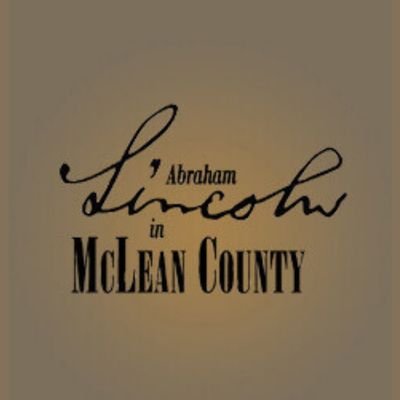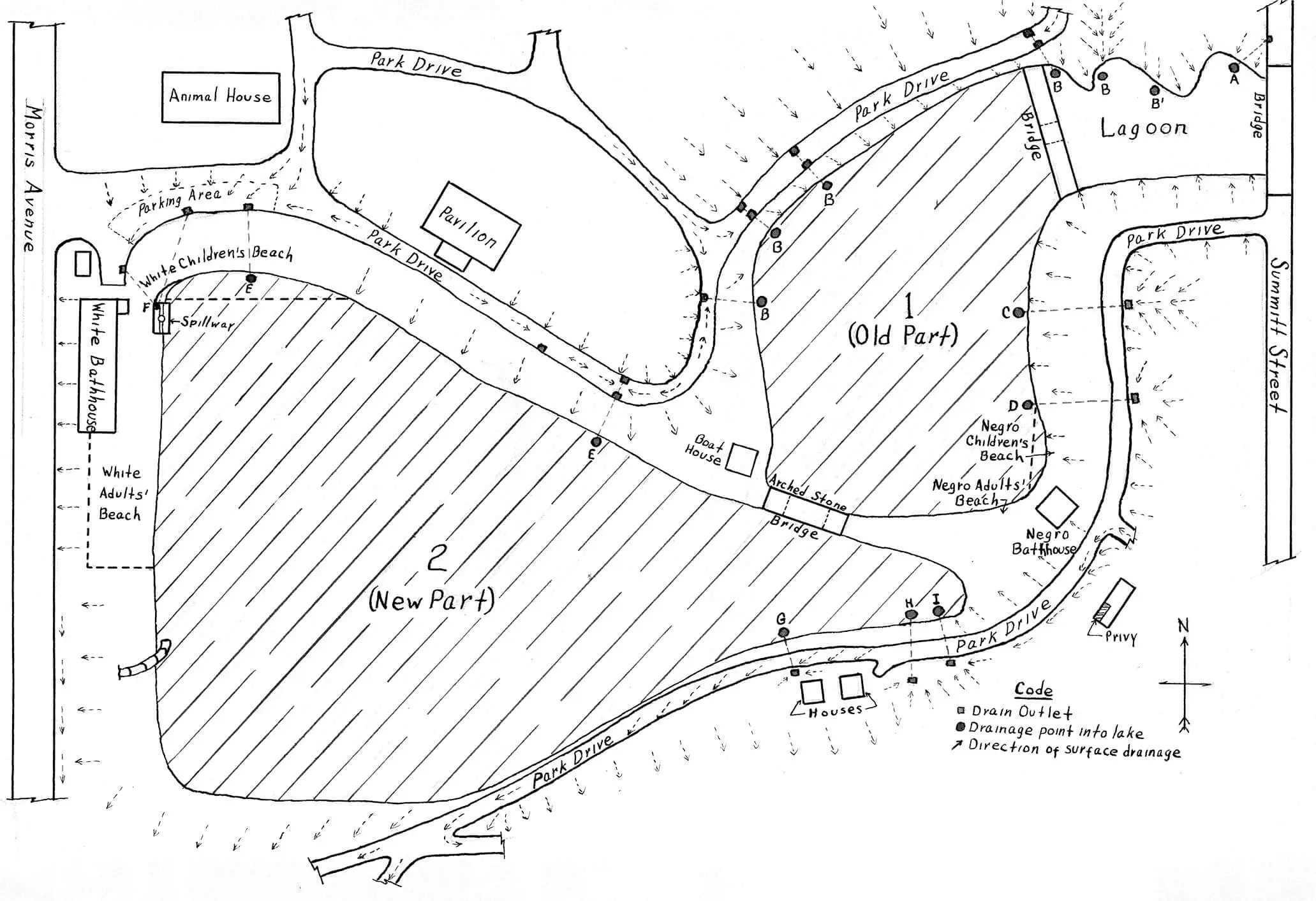1919
Who had the power to occupy public spaces?For Segregation
Segregation was supported by the City of Bloomington’s leaders who established a separate beach at Miller Park specifically for Black residents. In addition, many local business owners chose to either segregate Black customers or deny them service.
Convinced by Booker T. Washington that Black economic development was more important than racial integration and political power, some local Blacks supported the concept of separate but equal facilities.
Against Segregation
Some local African Americans fought against the segregation of their race. In 1918 they organized the Bloomington-Normal chapter of the National Association for the Advancement of Colored People (NAACP). The group’s 60 members protested segregation practices and petitioned local government for greater representation of Black people on the police force and fire department.
Who had the power?
Black residents of Bloomington were not allowed to swim at Miller Park’s white beach or use the bath house located there.
Instead, they were forced to use a segregated beach located in an area of the lake that had neither toilets nor running water.
The white beach was much larger and had a brick bottom covered with a thick layer of sand. Fresh city water was pumped into the lake along the north side of this beach during the swimming season.
The white beach also had a large brick bathhouse with running water and toilets.
In 1919 members of the Bloomington-Normal NAACP approached John Welch, commissioner of Bloomington parks, to protest the segregated beach at Miller Park.
They argued that prohibiting their race from using the white beach and bath house was a denial of their rights.
They added that they were all taxpayers, but were not allowed to use the property on which their money had been spent.
In addition, the facilities at the colored beach were “unsatisfactory” and inadequate for their needs.
But the efforts of the NAACP were soon challenged by a second “committee” of local African Americans who visited Mr. Welch with a very different point of view.
Led by Daniel Johnson, a patrol driver for the Bloomington police, they claimed to have “a true understanding of the situation.”
They asked that the “Black” bath house and bathing facilities be improved, claiming that members of their race would be better pleased with that.
Commissioner Welch appeased the group, telling them the city council planned to improve conditions at the Black beach and hire a Black attendant and lifeguard.
On July 22, Bloomington announced plans for upgrades to the Black beach and the appointment of Charles Thomas as attendant and lifeguard.
The following week some sand and gravel were “dumped” on the beach and into the water. But the improvements were small compared to the extensive upgrades made to the white beach that year.
The NAACP continued their efforts, but their appeal fell on deaf ears.
Reflection Questions
The City of Bloomington had the power to segregate the beach at Miller Park, but was it right?
Why do you think local African Americans disagreed on how the issue of the segregated beaches should be handled?
 Making a Home
Making a Home
 A Community in Conflict
A Community in Conflict
 Working for a Living
Working for a Living
 Farming in the Great Corn Belt
Farming in the Great Corn Belt
 Abraham Lincoln in McLean County
Abraham Lincoln in McLean County









